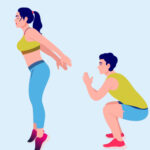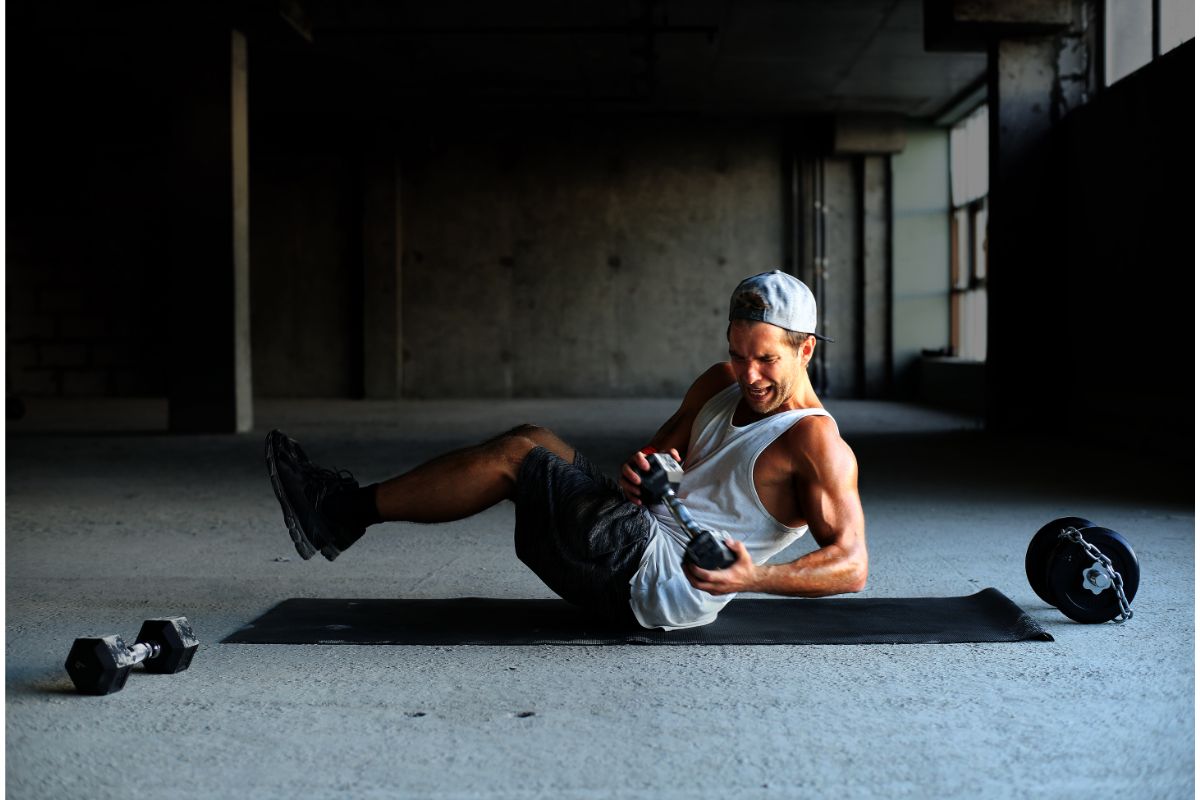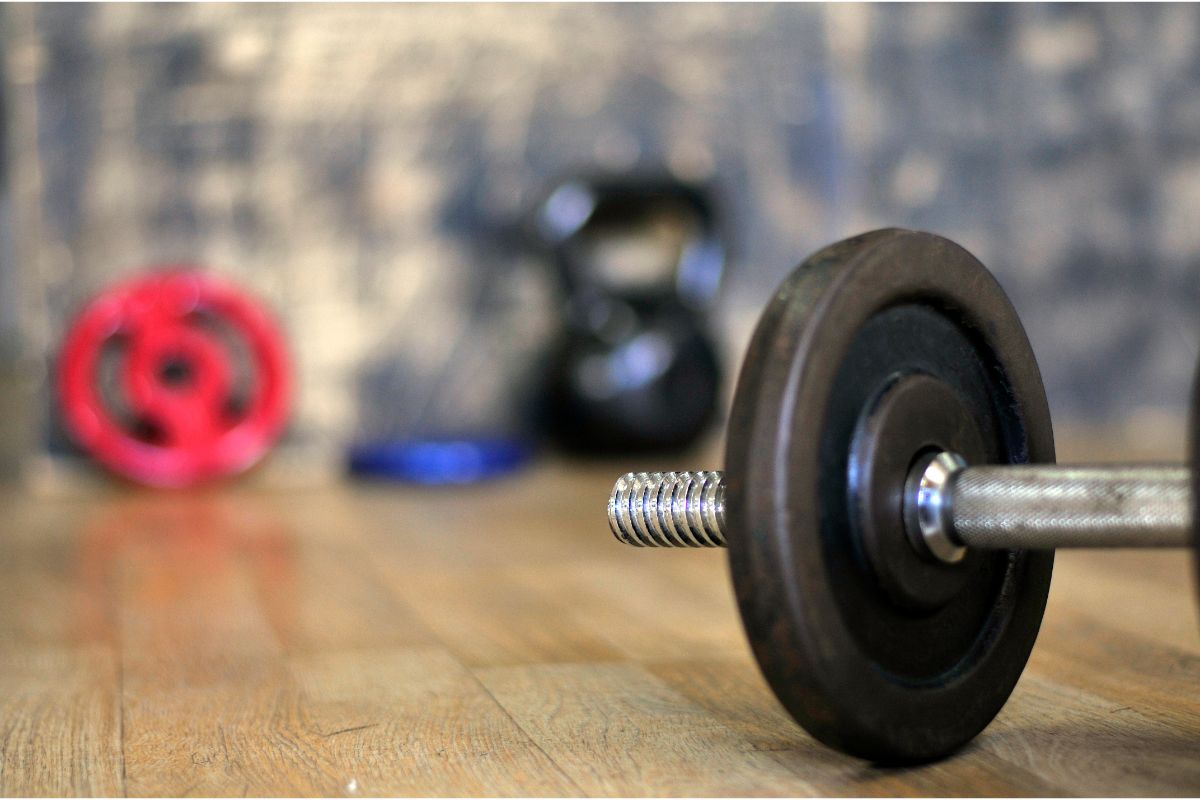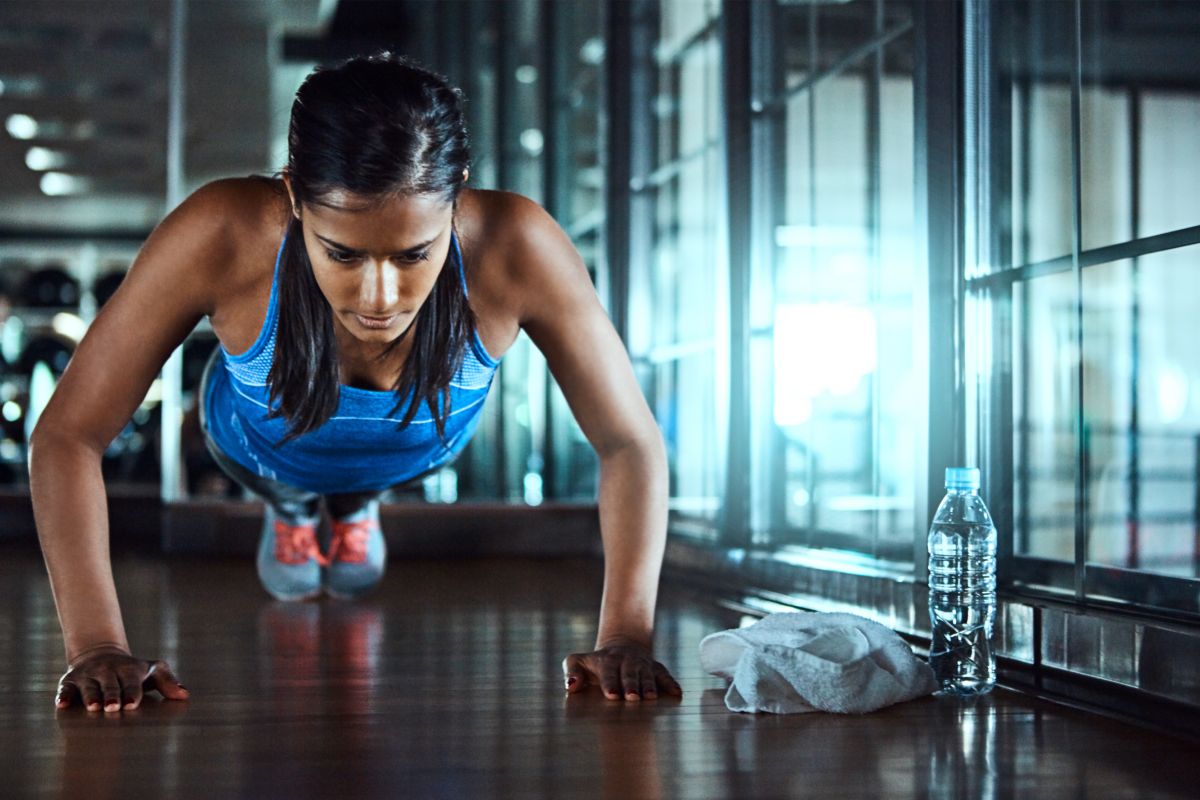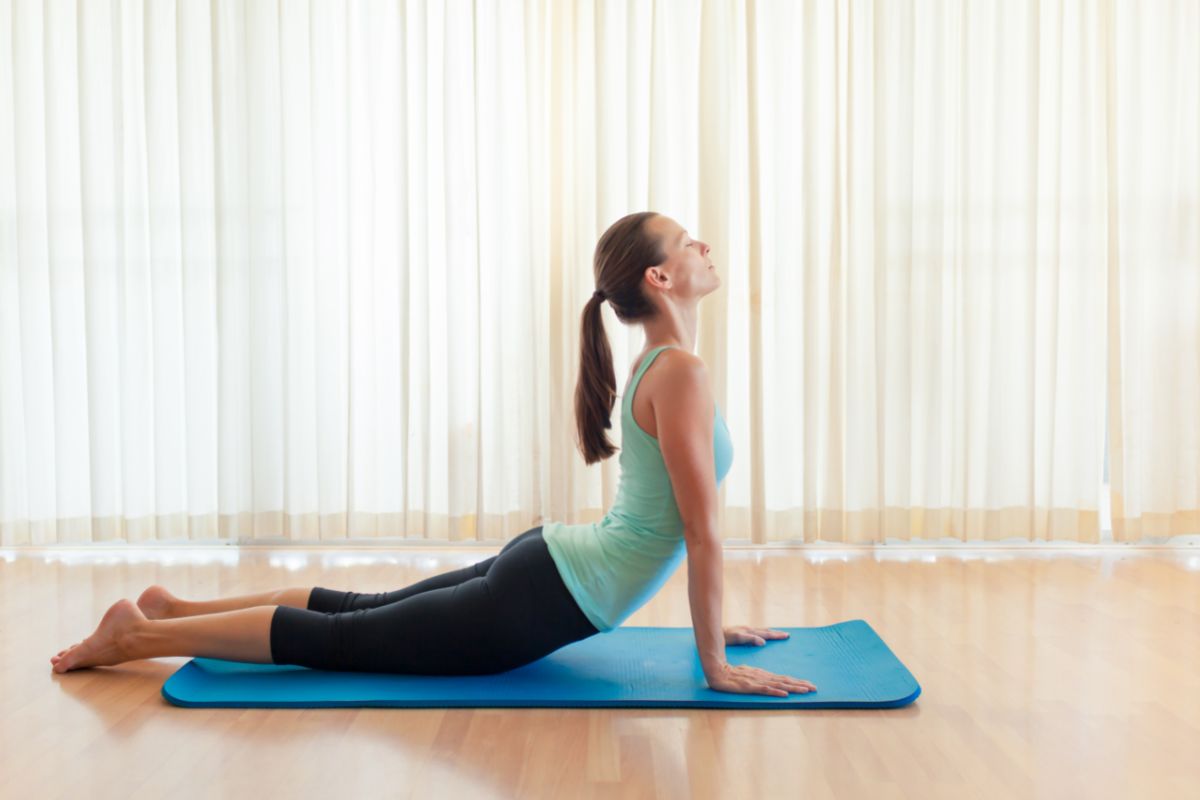Last Updated on October 13, 2022 by TJ Daniels, Certified Personal Trainer
Weight lifting and calisthenics are both types of strength training, but they produce different results. They both have advantages and disadvantages that can influence whether they are a good fit for you.


We often get the question of how to decide between calisthenics vs weights and which is best to build muscle or achieve our fitness goals.
Calisthenics vs weights has been a fun discussion for many of us fitness trainers. Many think the difference is simply weight training versus bodyweight training.
So, should you focus on weight lifting or bodyweight exercises when you get to the gym?
Now, you know there is much more to the calisthenics vs weights discussion than that!
The best option is ultimately determined by your fitness objectives. If you continue reading through this article – you will learn about both training practices, their benefits, and the exercises that they consist of.
Let’s move on to the battle between calisthenics vs weights!
What Is Weight Lifting?
Weightlifting (one word) is the only barbell sport in the Olympic program. It is also known as Olympic-style weightlifting or Olympic weightlifting. The snatch and clean and jerk are the two competition lifts.
Competitors are split into weight classes and genders, and the winner of each category is the person who lifts the most weight.
Many of us have seen the impressive strength and physique of these competitors and, therefore, weight lifting (two words and not the Olympic sport) has become a very common way to build muscle.
However, weight lifting does more than just build muscle. Weight training also improves coordination, flexibility, balance, speed, and, of course, strength.
The majority of people going to a gym on a regular basis are going there to do some sort of weight training versus bodyweight exercises.
Lifting weights can be very rewarding and results are usually noticed more quickly versus bodyweight training.
Weight training can also be extremely beneficial to athletes competing in power-based sports like football, hockey, and rugby.
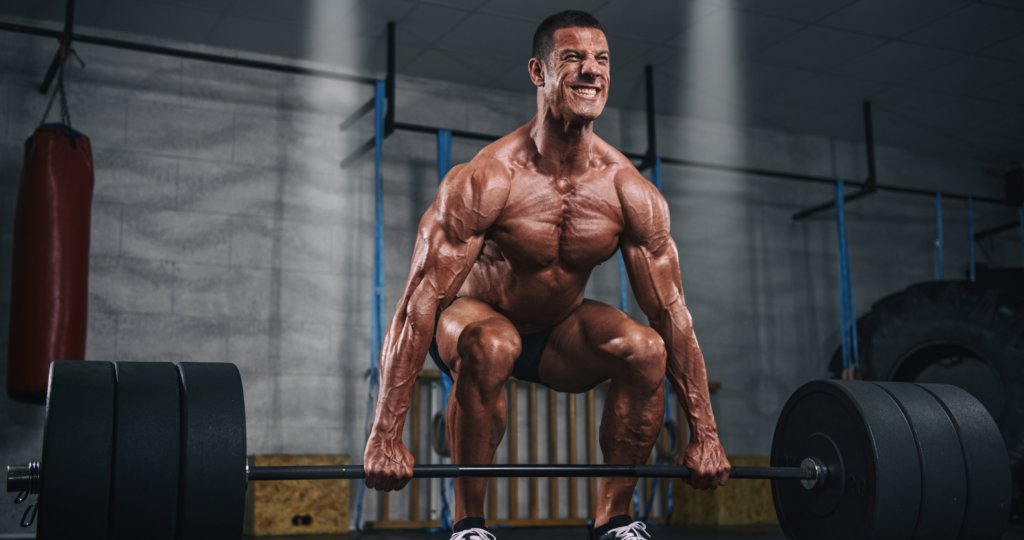

Benefits Of Weight Lifting
According to experts, weight lifting is more than just bulking up and building muscle mass.
The health benefits of lifting weights are extensive which creates a long answer to the question of calisthenics vs weights.
Whether you’re looking to embrace a physically active lifestyle or expand your current exercise routine, weight lifting is a great option.
Lifting weights can also be defined as resistance exercises and the terms can be interchangeable.
Resistance training basically means anything in which there is an opposing force to the activity you are performing.
Many are aware of the benefits of weight training or resistance training on their strength and muscle growth.
However, there are also numerous benefits to weight training on your heart!
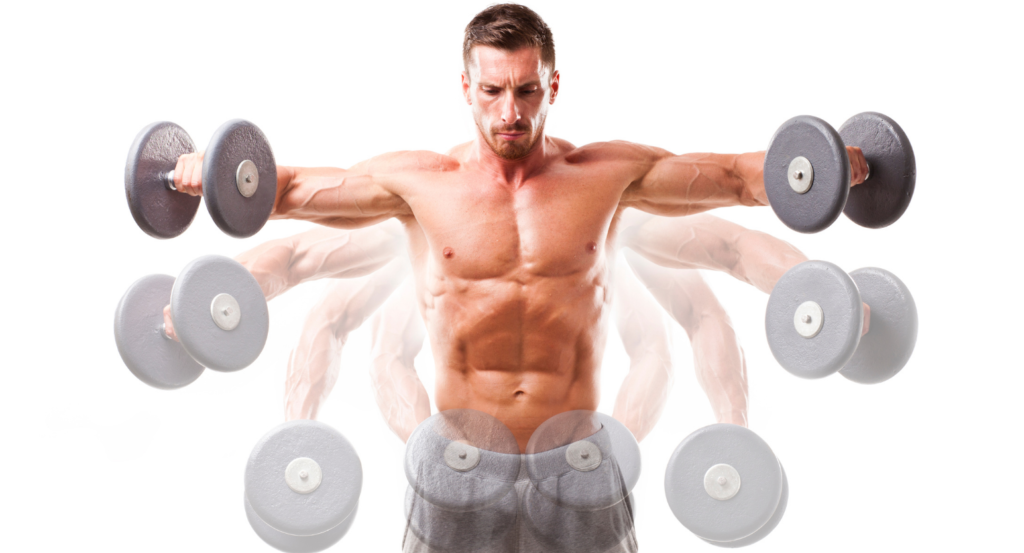

One big benefit is the reduced risk of heart attack and stroke due to improved coronary blood flow.
Also, resistance training has been proven to lower your risk of developing diabetes by improving your body’s sensitivity to insulin and helping reduce your potential for the disease.
And of course, weight training has a big impact on athletic performance and can assist you in both casual sports or even seemingly unrelated activities like running, swimming, or bicycling.
As well, weight has been shown to reduce the risk of sports related injuries, especially to high risk joints such as your ankles, knees, hips, and shoulders.
Other benefits of weight training include improved posture, increased bone density, better sleep, weight loss maintenance, increased metabolism, decreased inflammation, and prevention of chronic disease, among many others.


Weight Lifting Exercises
Here are some of the most popular exercises that you can expect when doing weight lifting.
Bench Press


Benching is an excellent way to increase chest strength. If you do them correctly, you will also work your shoulders, arms, and back. Adding weight with poor form will result in shoulder and wrist injuries.
When performing a bench press, grip, angle, and posture are all equally important.
Remember that form is crucial when benching. Maintain a tight and flat to slightly arched back, and make sure your hips are firmly planted on the bench. And drive with your feet. It’s also critical to keep your wrists straight and your elbows from flaring outwards.
Squat


A large number of people squat. However, there aren’t that many people who can squat correctly. When doing squats, there is a lot to consider, and you must use your entire body. Strength training should include flexibility, timing, and technique.
Pin squats and box squats, as well as pause squats, will build strength significant in many different areas of your body, but mainly your lower half. A variety of different squat moves will be a core component of all dedicated weightlifters.
Snatch
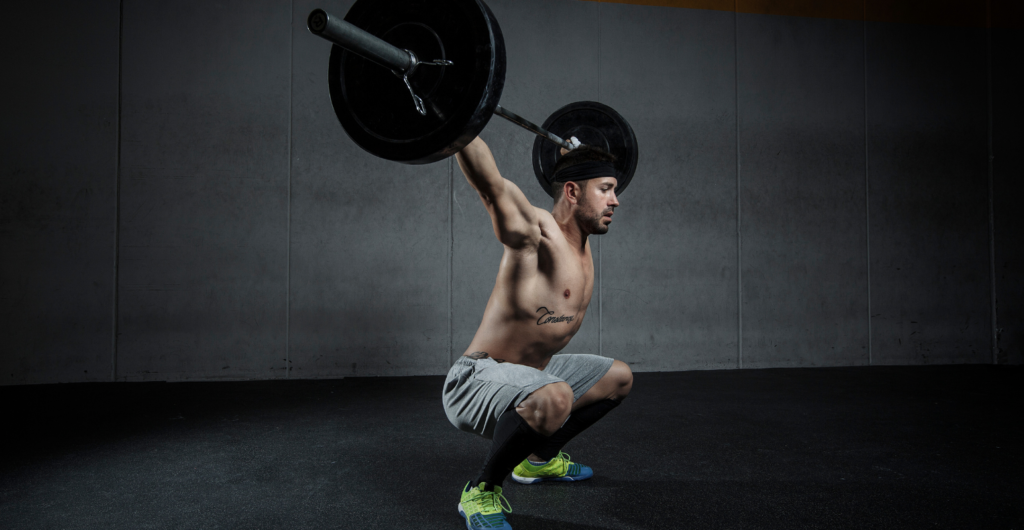

This is a more complicated move that should only be practiced if you have a good training space, such as a garage gym, and a training buddy to provide feedback.
The snatch begins with the bar in the deadlift position. In the deep squat position, get a wide grip on the bar and quickly take the bar up into the position of an overhead press. Then push up so you’re standing straight.
Clean And Press
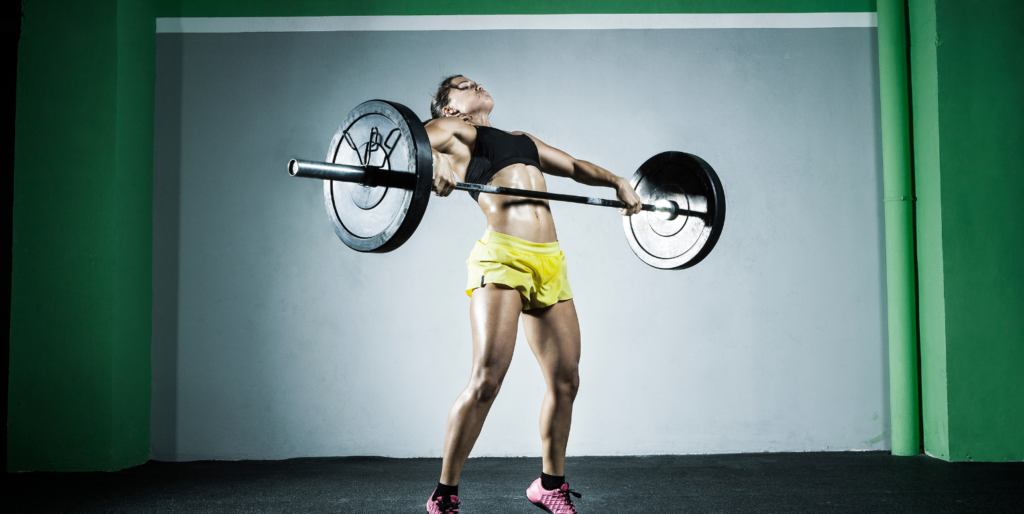

Depending on your level, begin with the barbell on the floor, mid-thigh, or wedged in at the hip. When performing a snatch, you should have a narrower grip. Raise the bar to a front squat position.
You should now be in a quarter squat rather than a full squat. There is also a slight pause here before moving into the press.
Finally, perform an overhead press. A selection of weightlifters will also put a foot behind them to achieve this, putting their legs in a lunge rather than a squat position.
What Are Calisthenics?
Calisthenics originated in Ancient Greece and is still widely practiced today.
The nice thing about calisthenics is that these exercises use only your only body weight! Most people, regardless of athletic ability, can perform these types of exercises.
Calisthenics focuses more on body awareness and building muscle through bodyweight movements.
Push-ups are an example of a calisthenics exercise and I think we all know how push-ups are great for our bodies. That is because push-ups work the large muscle groups in your upper body and deliver great results.


As well, calisthenics aid in the development of coordination, flexibility, and strength as you need to keep your balance and good form to perform them correctly.
That is not to say that using weights and bulking up is not permitted in calisthenics. Weights can be used as long as your body moves in natural patterns similar to bodyweight movements.
Benefits Of Calisthenics
Calisthenics works major muscle groups such as the chest, core, back, arms, and legs.
You will also use multiple muscle groups at the same time which isn’t always the case with weight training.
Calisthenics can help burn additional calories during your workout which helps reduce body weight to give you that lean and fit appearance.


If you do calisthenics, you don’t have to worry about buying equipment and finding a place for it in the corner of your living room. Furthermore, calisthenics exercises such as squats and planks can be performed at home, even if you have limited space.
Calisthenics Exercises
Here are some of the most popular exercises that you can experiment with when doing calisthenics.
Wide Grip Pull up
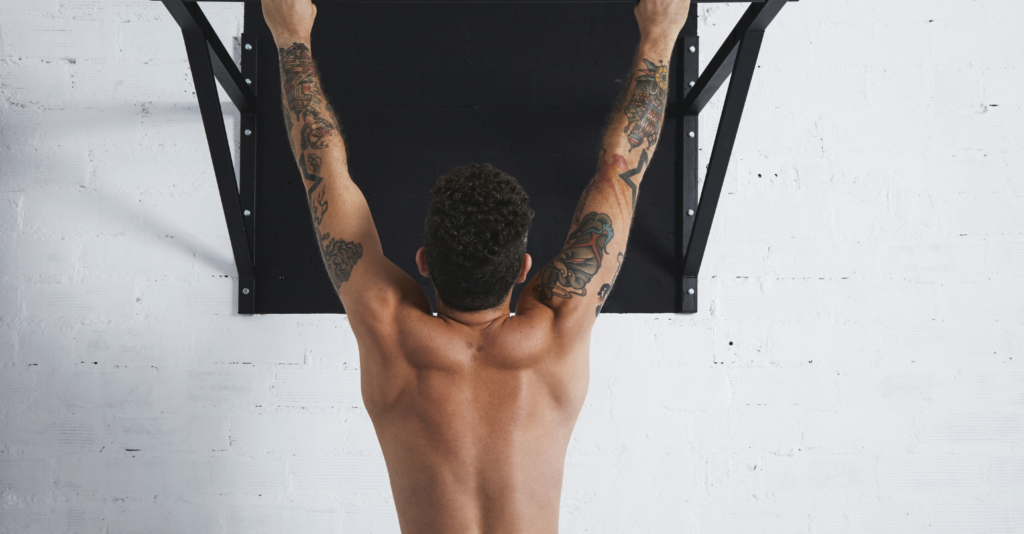

With your palms facing away from you and arms fully extended, grab the bar. Your hands should be as wide as they can be comfortable. To raise your chin above the bar, squeeze your shoulder blades together, and move your elbows in the direction of your hips.
Return to the starting position under control.
Superman Plank


Keep your body in a straight line position, supported by your forearms and toes, in the standard plank position. Lift and extend one arm and the opposite leg slowly, holding for five seconds or as long as feels comfortable.
Return both arms and legs to the starting position, then raise the opposite arm and leg.
Dips
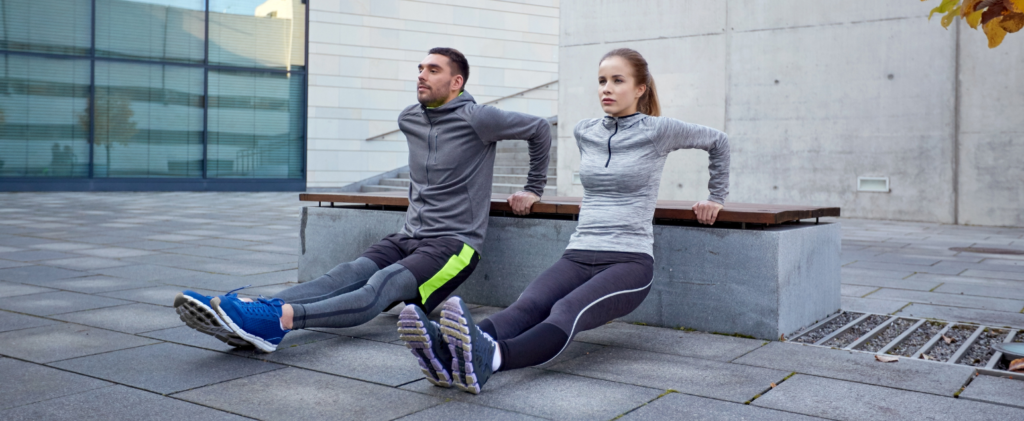

If you have a dip station, grab the dip station’s bars with your palms facing inward and straight arms. Slowly lower yourself down until your elbows are at right angles, they should be tucked against your body and not flaring out. Drive yourself back to the top and do it again.
If you don’t have a dip station, place yourself in front of a sturdy object, such as a chair or bench, and place your arms behind you and on the object.
Your palms should be flat on the object with your fingers pointing out, towards your body.
Slowly lower yourself until keeping your elbows in a straight line and stop when your arms are at a 90-degree angle (or when you feel discomfort).
Raise yourself back up, just shy of locking out your elbows, and then repeat.
Pistol Squats
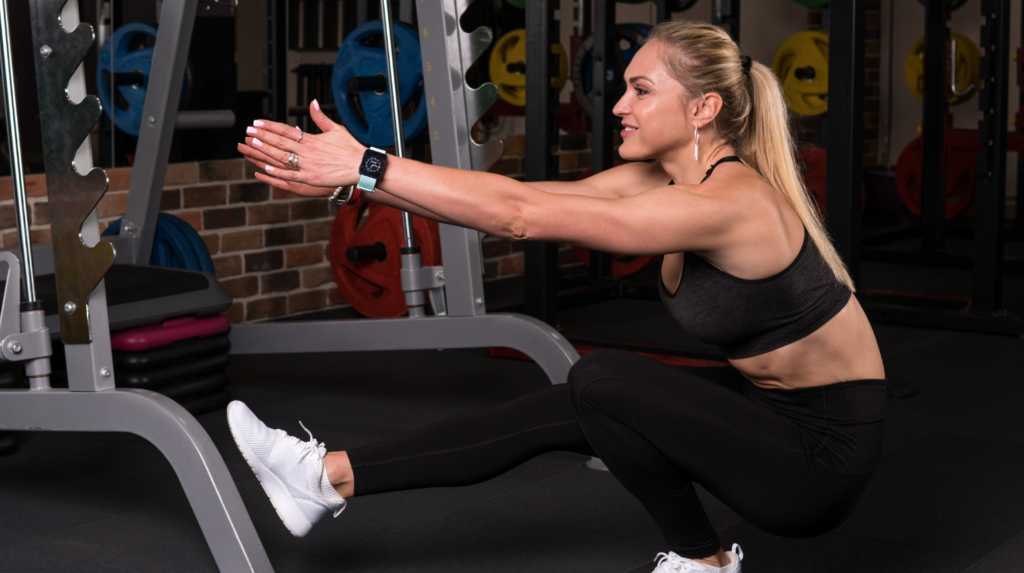

Lift one leg off the floor while standing with your feet in a narrow stance. Squat as low as possible while keeping your back straight by bending your standing knee. Return to the starting position by pushing up through your heels.
Weight Lifting Vs Calisthenics
In the long run, weight lifting is the best way to build size and strength versus callisthenic exercises.
Using external weight allows you to overload muscle groups more easily, causing tiny tears in the muscle that stimulate repair. As a result, muscle growth, or hypertrophy, occurs, increasing muscle strength.
That is not to say that calisthenics do not build strength. Calisthenics’ dynamic, compound movements, require a lot of strength. You can also add enough resistance to increase muscle strength and size with the right technique.
Weight training, on the other hand, is the best choice if your main goal is to build strength in a specific muscle group.
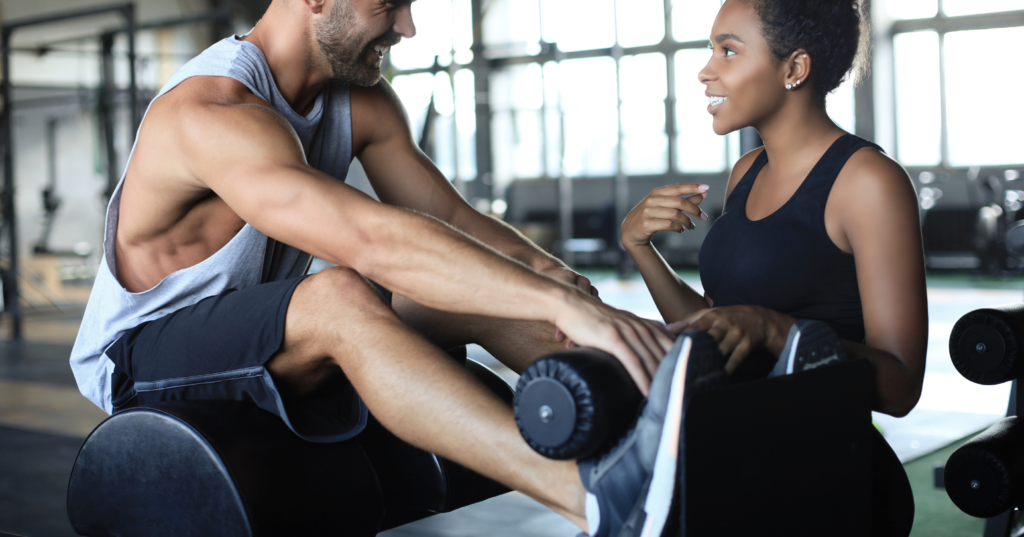

Calisthenics is better for burning calories, which may aid in weight loss and fat loss. That’s because it makes extensive use of movement. More energy is required, which your body obtains by burning calories. The more calories you burn, the faster you will lose weight.
Combining calisthenic exercises and free weights is another option. This is ideal if you want to reap the benefits of both techniques simultaneously.
Summary
Consider your goals and workout style when deciding between calisthenics vs weights. Calisthenics involves compound exercises that use your body weight. It necessitates a lot of movement, which makes it ideal for losing weight and defining your muscles.
Both methods are excellent for building strength. If you want to mix it up, try calisthenics and weight lifting on the same or alternate days.
- How To Start HIIT Workouts [Beginner’s Guide] - May 18, 2023
- How To Sneak A Workout In While Taking Care Of Your Baby - March 17, 2023
- How To Build Your Chest With Dumbbells [Guide] - February 9, 2023

